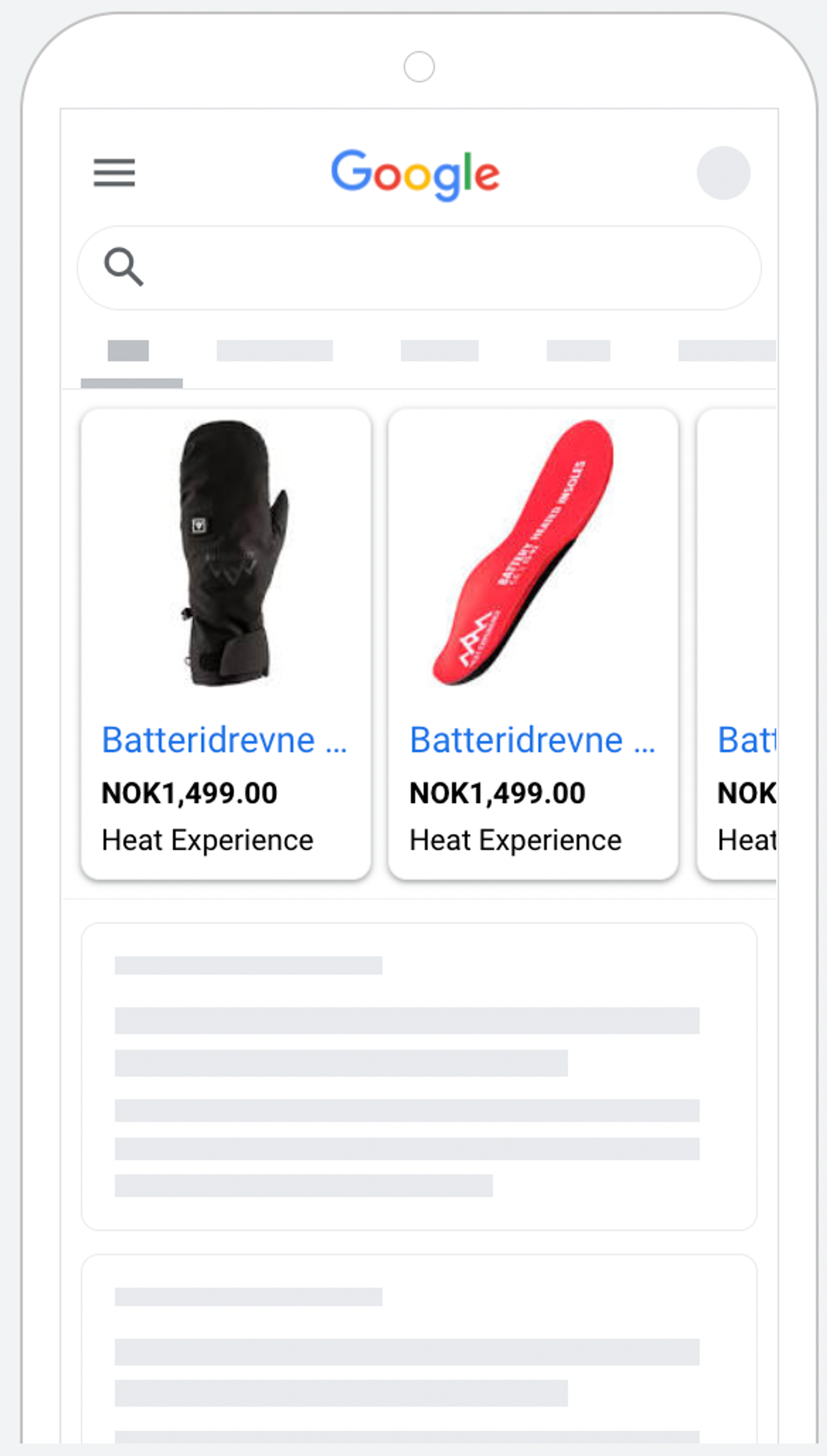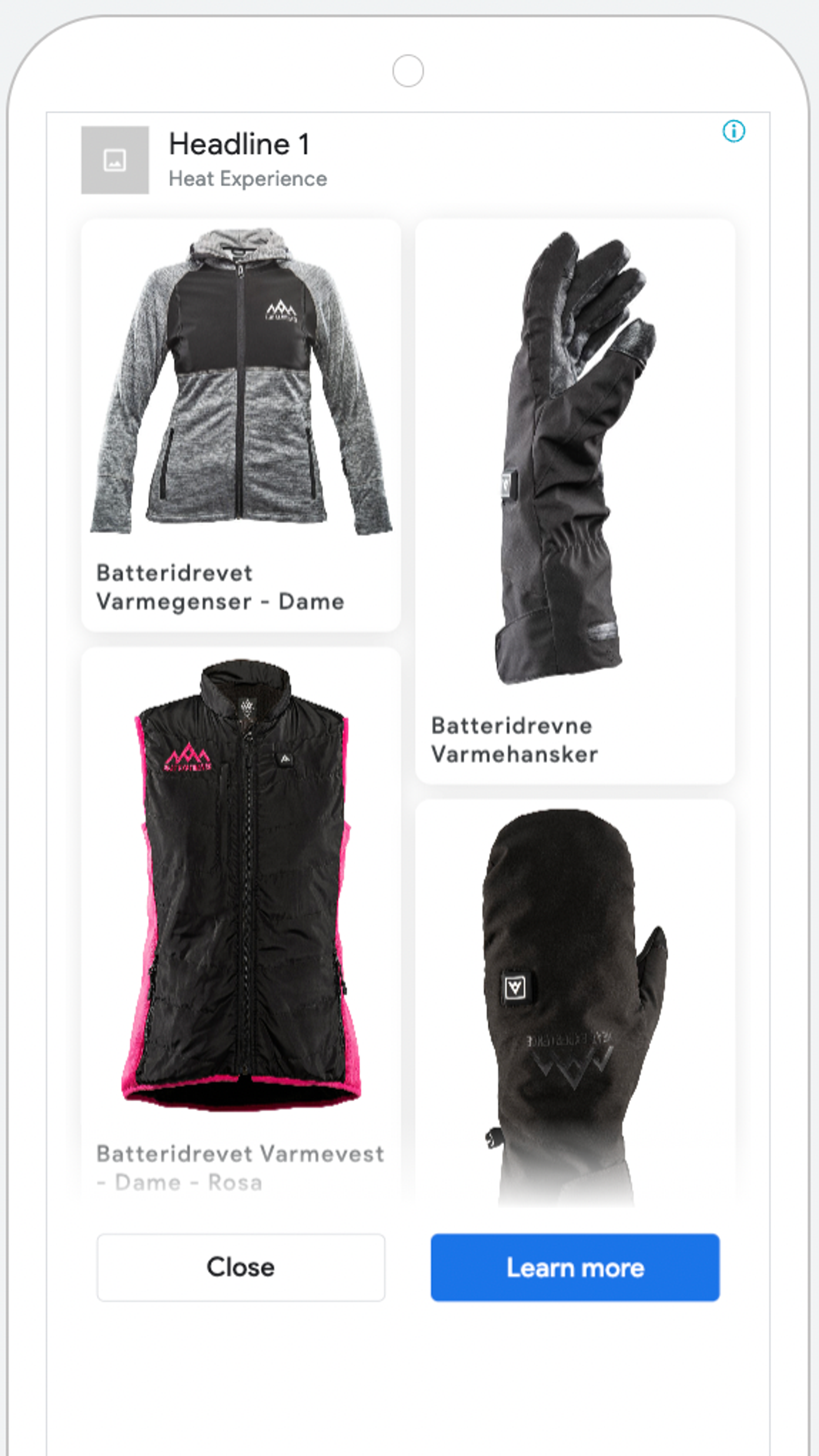Shopping vs Performance Max Google Ads campaigns
Posted on 12/8/2023
Reviewed by Arnt Eriksen updated at 12/20/2023
Introduction
Everyone knows that the Shopping segment is the best option for e-commerce to get more conversions on Google Ads. But what should we choose between the two campaign types for driving online sales - Standard Shopping or Performance Max campaign?
Let's consider these campaigns from both sides.


What is the Google Standard Shopping?
Google Shopping Ads are product-based ads. Carousel ads show up specifically for product searches across Google and Google Shopping.

Unlike ordinary search ads, they display an image of a product along with details like product title, price, store name, and reviews.
In fact, they give shoppers key information about the product before they even visit an online store.
Placements
If we want to compare placements between standard and performance max shopping campaigns - standard shopping can display ads only on the main search page and under the tab "shopping".
Whereas Performance Max can show ads on all of Google's advertising channels, and placements, wherever you can imagine.
Standard Shopping campaign

Performance Max Campaign



Main Perks of Standard Shopping
Let's discuss standard shopping more deeply.
👉 In Standard Shopping, you have the ability to control keywords unlike with Performance Max campaigns.
👉 You have more control over bidding.
👉 You can do more proactive changes.
You can do much more activities, whereas with Performance Max campaigns, you're really limited to just a couple of main things.
👉 Everything that you have to do with a standard shopping campaign is 100% focused on shopping ads' inventory.
However, if you consider using Standard Shopping, it will be necessary for you to maximize campaign performance. This can be challenging as it takes much more time to set up and to learn how to actually do it. That has to be the biggest issue with Standard Shopping campaigns.
For the longest time, Standard Shopping campaigns have been producing a certain kind of result. And then there was this campaign type that came out, called Smart Shopping campaign. It forced everybody over on Google's own automation when it came to campaign management and automated bidding management.
And it outperformed everything that most marketers were doing when it came to Standard Shopping campaigns.
So when should we use a Standard Shopping setup to achieve success?
There are three different cases in which it makes sense to do it:
👉 When you have the insights;
👉 When you need insights;
👉 When you need to have some sort of control.
What is the Google Ads Performance Max campaign?
Google Performance Max is an objective-oriented type of campaign that focuses on maximizing performance. It is a way of optimizing a Google Ads campaign for increased conversion rates, and as a result, increased number of website visitors, improved conversion value, etc.
Think of Performance Max as all-access advertisements passing on the entire Google network — there are Search, YouTube, Gmail, Google Maps, Shopping ads, and a lot more. Performance Max has emerged as Google's most advanced product. It's a campaign format with which you deliver advertising for your organization from one source.
Why is it important to use Performance Max as your baseline campaign?
The way the Performance Max campaign works is that you submit a feed to Google and create an asset group, then let Google start its machine learning. You'll get your Shopping ads displayed on all networks, across Shopping, text ads, video ads, and Display ads.
You have no additional control.
Here's where this really starts to become a challenge. With Performance Max, you create ad copy, you write ads that can go on the search ad network. This means that when people are searching directly on Google, they'll see Shopping ads and that little carousel.
But with the Performance Max campaign, feed announcements are also automatically showing up on text ads, video ads, and Display ads like they previously did with Smart Shopping campaigns.
That's both a great opportunity and a challenge. What this means for you is that for Performance Max, you still have to write ad copy, add images, etc.
It has listing groups.
It's Google's way of telling you that you need to group your campaign.
You have the audience signals.
Audiences. If somebody's interested in going outdoors, or something else that is related to your business, that's the audience signals you add. With this, you are telling Google that these are the groups of people that you want to target first with your bidding.
This way, the algorithm doesn't try to do everything at once but focuses its efforts on what you direct it to. And again, this audience signal is more or less a new thing to the entire Google universe at this time.
When it comes to the pros and cons of Google Performance Max campaigns
As you can see above, there are a lot of pros, simply because the setup is so simple.
👉Performance Max displays better results out of the box than a Shopping setup.
👉The pro is the same as the con - it can show up in more ad placements.
👉It saves you a bunch of time.
The main disadvantage of Performance Max is the lack of control. You can't do many of the things that you want to be able to do to nudge or proactively optimize the campaign. You're just relying on Google to do all these things for you.
When should you use Google's Performance Max campaigns?
👉 If you lack the time or expertise to run a successful Standard Shopping setup that's more advanced;
If you don't know how to set up and run a Standard Shopping setup, don't try to do it.
👉 If you're an established eCommerce company;
👉 If you have no real plan;
👉 If you have no activities on YouTube and Display networks;
"- Just run the Performance Max, it'll perform well, and you don't have to do as much about it."
It's going to tap into your existing Google channels such as YouTube, Display campaigns, or local campaigns setup. If you are running any of that, then the concerns don't matter. So if you have no plan, Performance Max can also be a great campaign type.
There are video ads inside of Performance Max - it's not just Shopping. Therefore, you might ask yourself: what is going to happen to my other campaigns?
If you already have a Search campaign that uses broad or phrase match keywords, then your Performance Max campaign might take over and show its ads instead of your regular search setup.
But if you are running both Standard and Performance Max shopping campaigns at the same time, Standard shopping will always take over.
Summary: What will maximize your Google Ads account's performance?
Standard Google Ads campaigns allow a lot more control but require more know-how to set up. They also allow you to create a much more advanced setup to better take advantage of your specific insights or whatever marketing strategy you do.
Performance Max, on the other hand, is the complete opposite. You can't do much about it. It doesn't really support any specific strategy. But it has a really good overall performance.
I hope this article has helped you decide which campaign to choose and when to use it.
